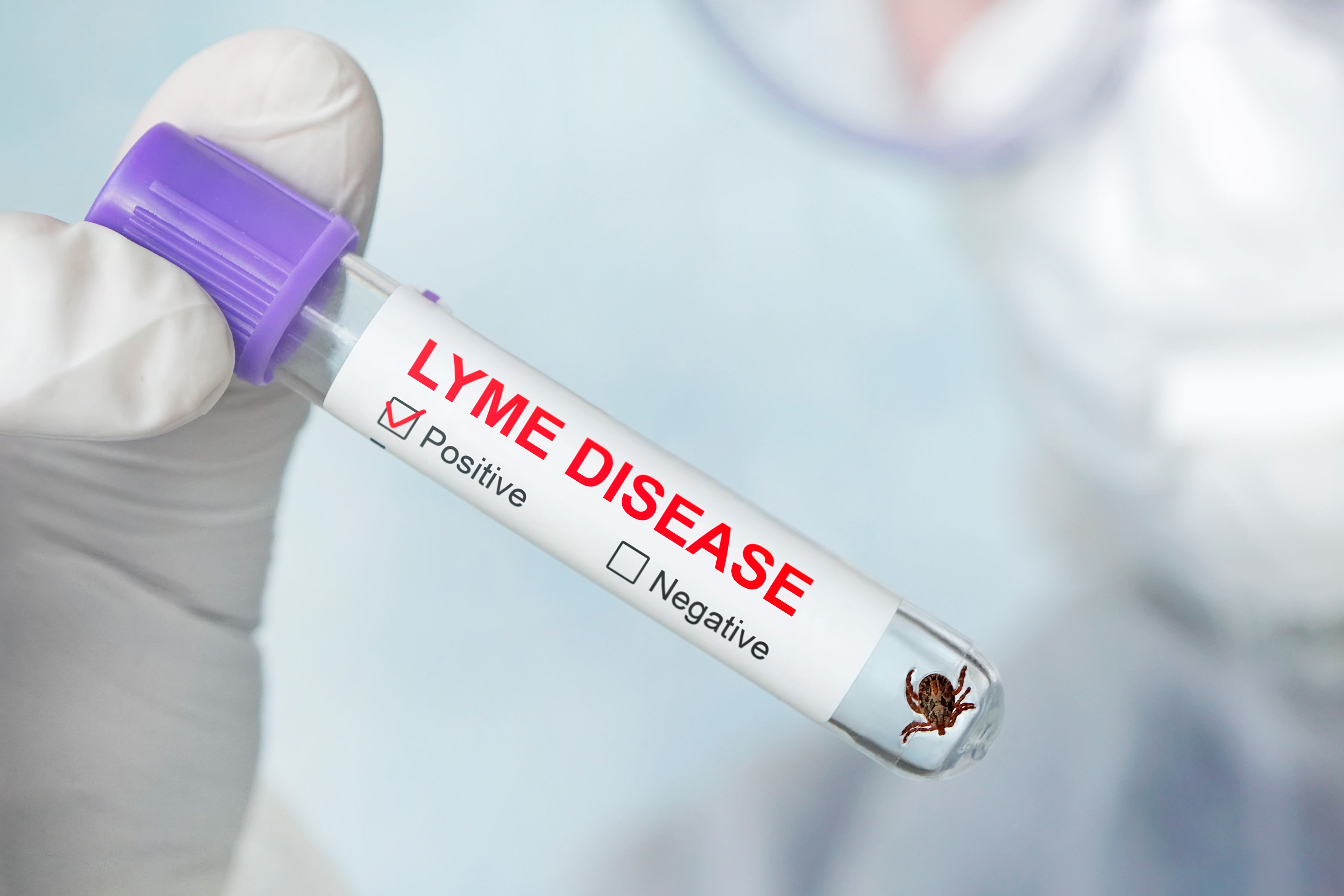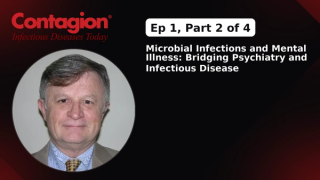
Lyme Disease
Latest News
Video Series

Latest Videos
CME Content
More News

About 300,000 people get Lyme disease each year. A new investigational prophylactic could provide people in high-risk settings with an opportunity to prevent infection.

A group provides an overview of ongoing research and current approaches being evaluated for the prevention of tick-borne disease.
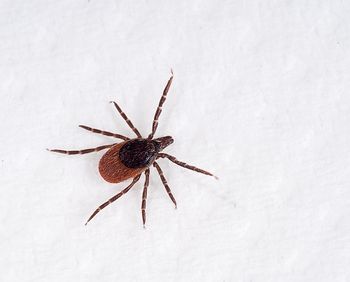
In an investigation, 2 molecules, VU0071063 and pinacidil, were effective in reducing saliva secretion and blood ingestion in ticks.
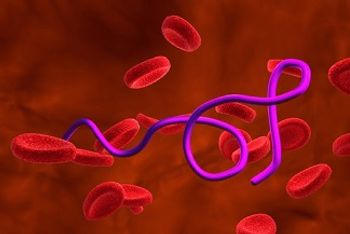
According to the CDC, serologic assays that use a second enzyme immunoassay are acceptable alternatives to western immunoblot assays.

We're separating fact from fiction regarding the investigation into these concerns.

This case report is the fourth documented case of Lyme-induced syndrome of inappro­priate secretion of antidiuretic hormone (SIADH).

New report highlights potential for direct testing of the tick-borne disease.

Tick-borne infections will pose significant threats in the near future, according to infectious disease experts.

Stay up-to-date on the latest infectious disease news by checking out our top 5 articles of the week.

Researchers in Slovenia investigate why some Lyme disease patients respond more quickly to treatment than others.
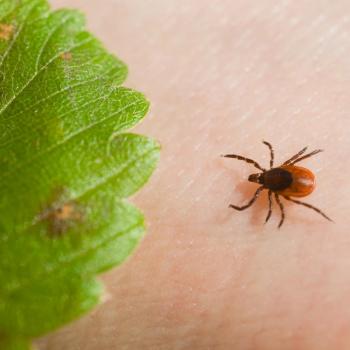
The growing incidence of tick-borne infections has clinicians and researchers calling for new, effective prevention and control methods.

In case you missed them, we’ve compiled the top 5 infectious disease articles from this past week.

New CDC report warns of the growing burden of vector-borne diseases in the United States.

About 1.6 million individuals die from violence each year on a global scale—do infectious disease physicians have a role in preventing it?

The new test can differentiate between Lyme disease and 7 other tick-borne diseases.

Contagion® Peer Exchange panelists attempt to reach a consensus on the existence of chronic Lyme disease.

Stay up-to-date on the latest infectious disease news by checking out our top 5 articles of the week.

Recognition of chronic Lyme disease and the role of long-term antibiotic treatment for persistent symptoms continue to be controversial among researchers, providers, patients, and advocates.

A small portion of individuals with Lyme disease continue to have symptoms of arthritis long after treatment. Now, scientists think they have a better understanding of the cause of that lingering reaction.

Leonard Sigal, MD, explains his approach for treating patients who may have “Lyme anxiety.”

Leonard Sigal, MD, explains the term “Lyme anxiety” and its association with a chronic Lyme disease diagnosis.

Leonard Sigal, MD, explains the potential adverse consequences of long-term antibiotic therapy.

How many of those who recovered from WWI-associated infections had residual neurological impairments that increased their risk for violence?

Check out the top 10 infectious disease articles of 2017.

Leonard Sigal, MD, explains why Lyme disease is sometimes overdiagnosed or overtreated.



